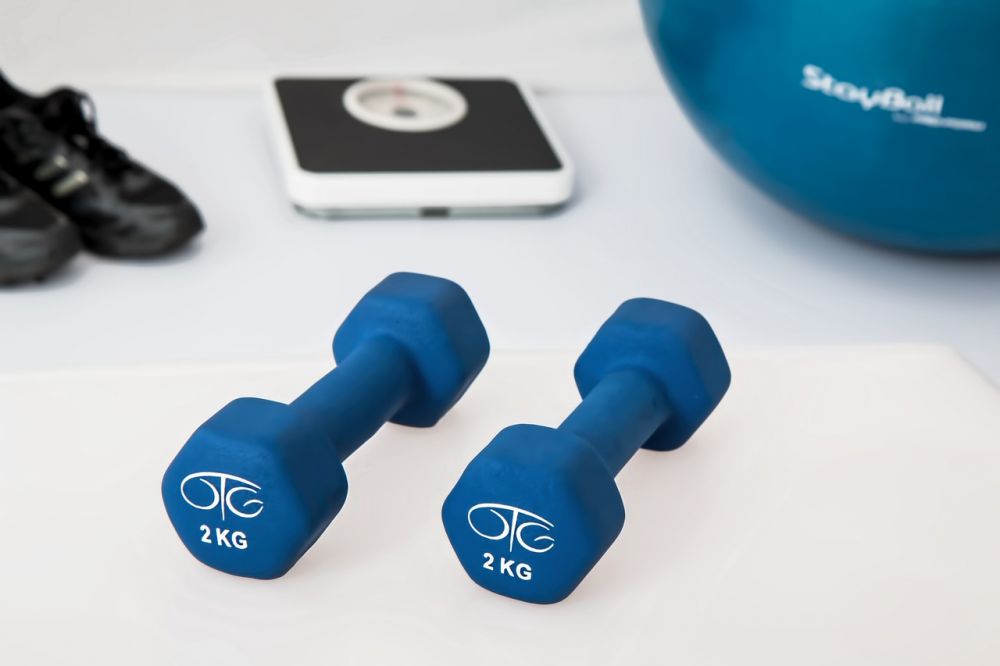HIIT-trening: Sets the Pace for an Intense and Effective Workout

A Comprehensive Guide to HIIT Training
Introduction:

HIIT (High-Intensity Interval Training) is a popular and effective workout method that has gained immense popularity among fitness enthusiasts in recent years. This article aims to provide a deep understanding of HIIT training, including its definition, types, popularity, quantitative measurements, differences between various HIIT workouts, and a historical overview of its benefits and drawbacks.
Understanding HIIT Training
HIIT training is a form of cardiovascular exercise that combines intense bursts of high-intensity exercises with short periods of rest or active recovery. The workout is designed to maximize calorie burn and promote cardiovascular fitness in a short amount of time. Unlike traditional steady-state cardio, HIIT training elevates the heart rate rapidly and challenges the body to adapt to intensity variations, ultimately leading to improved overall fitness levels.
Exploring the Types and Popularity of HIIT Training
1. Tabata Training:
Tabata training is a specific type of HIIT workout developed by Japanese scientist Dr. Izumi Tabata. It follows a 2:1 work-to-rest ratio, with 20 seconds of intense exercise followed by 10 seconds of rest, repeated for a total of four minutes.
2. Circuit Training:
Circuit training involves performing a series of exercises targeting different muscle groups with minimal rest in between. This variation allows for a high-intensity workout while incorporating strength training elements.
3. Interval Training:
Interval training alternates between periods of high-intensity exercise and recovery. The work-to-rest ratio varies depending on fitness levels and workout goals.
4. Metabolic Conditioning:
Metabolic conditioning focuses on challenging the body’s energy systems through a combination of cardio and strength exercises. This type of HIIT training aims to improve endurance and build lean muscle mass simultaneously.
Quantitative Measurements in HIIT Training
HIIT training can be measured using various metrics:
1. Heart Rate:
Monitoring heart rate during HIIT training provides insight into the intensity level and allows individuals to stay within their desired target heart rate zones.
2. Caloric Expenditure:
HIIT workouts have been found to burn more calories than traditional cardio exercises in a shorter duration. Research suggests that HIIT can increase post-exercise calorie burn as well.
3. Oxygen Consumption:
HIIT training challenges the body’s oxygen consumption capacity, known as VO2 max. Studies have shown that HIIT workouts can significantly improve VO2 max compared to traditional endurance training.
Differentiating Between Various HIIT Workouts
While HIIT training follows a similar structure, the exercises and overall intensity vary between different workouts. Some factors that differentiate HIIT workouts include:
1. Exercise Selection:
Different HIIT workouts incorporate a variety of exercises, such as bodyweight movements, plyometrics, cardio machines, or weighted exercises. This variation allows individuals to choose workouts that align with their fitness goals and preferences.
2. Duration and Intensity:
The duration and intensity of HIIT workouts can vary significantly. Some workouts may have shorter and more intense intervals, while others may have longer intervals with slightly lower intensity.
3. Work-to-Rest Ratio:
The work-to-rest ratio determines the amount of time spent on intense exercise and recovery. HIIT workouts may have different ratios, catering to individuals’ fitness levels and goals.
A Historical Perspective on the Benefits and Drawbacks of HIIT Training
1. Benefits:
– Efficient Time Commitment: HIIT workouts offer a time-efficient option for individuals with busy schedules.
– Increased Caloric Burn: HIIT training has been shown to effectively burn calories and fat.
– Improved Cardiovascular Fitness: HIIT workouts challenge the cardiovascular system and improve overall fitness levels.
– Mental Benefits: HIIT training is known to release endorphins, improving mood and reducing stress levels.
2. Drawbacks:
– Intensity: HIIT workouts may not be suitable for individuals with certain health conditions or beginners due to their high intensity.
– Injury Risk: The rapid and explosive movements involved in HIIT workouts can increase the risk of injury if proper form and technique are not maintained.
– Muscle Soreness: HIIT workouts can cause muscle soreness and fatigue, requiring adequate recovery time between sessions.
Conclusion:
HIIT training offers a highly effective and time-efficient workout option for individuals aiming to improve their fitness levels and burn calories. By understanding the various types, quantitative measurements, and historical benefits and drawbacks of HIIT training, individuals can make informed decisions about their exercise routines. Remember to consult with a fitness professional before starting any new workout regimen to ensure safety and effectiveness. Incorporating HIIT training into your fitness routine may ignite your workout and help you achieve your health and wellness goals.





